Coping with male or female pattern baldness can be a real emotional rollercoaster for many individuals. The initial response for most men experiencing hair loss oscillates between frustration, despair, and a touch of denial. On the other hand, some embark on a quest to explore an array of tactics to halt further thinning.
In addressing hair loss, hair fibers are a promising remedy for certain types of Alopecia today. While surgical interventions have long been the gold standard for those dealing with extensive hair loss, they may not always be the optimal choice for other forms of balding. Consider this: during the early stages of hair loss, there’s occasionally a glimmer of hope for a natural reversal or even the cessation of hair thinning. Moreover, surgical procedures might not be a viable option when faced with diffuse thinning unless the hair loss continues to progress.
So, in this blog, we are addressing the importance of hair fibers, and we will answer all the frequently asked questions about this remedy, such as do hair fibers cause hair loss and what are the side effects of hair fibers.
Hair fibers have emerged as a transformative solution in hair care and aesthetics. These innovative products offer a quick and effective method to address the visual challenges of hair thinning and bald spots. Whether you’re dealing with patterned baldness or simply seeking to enhance the fullness of your hair, hair fibers provide a practical and non-invasive approach. Applied topically to the existing hair, they work like a charm in concealing those troublesome areas and creating the illusion of thicker, more voluminous locks. Beyond their instant cosmetic benefits, some hair fibers contain nourishing elements, promoting healthier hair while bolstering your confidence and self-esteem.
These fibers create the illusion of luxuriously thick hair crafted from top-tier natural Keratin, the protein that composes human hair. These Hair Building Fibers boast a remarkable static charge, almost like a magnetic attraction, that binds them seamlessly to even the finest strands of natural hair. This innovation has profoundly impacted countless individuals, from those dealing with fine or thinning hair to those bravely facing challenges like Alopecia or undergoing chemotherapy. The electro-statically charged Keratin fibers effortlessly adhere to your existing hair, acting like magnets, eliminating the need for additional products to secure them. Moreover, Keratin is a natural element in our hair, making these fibers effective and compatible.
What is Hair Fiber?
Hair-building fibers are a cosmetic remedy that aims to enhance your hair’s visual allure. These products are topically applied, akin to shampoo or conditioner, and are not suitable for application directly onto a bald or bare scalp, as they adhere to existing hair. When incorporated into your hair care routine, these fiber products work magic by instantly camouflaging bald areas, creating the illusion of a lush, whole mane. Their effects are not limited to mere visual enhancement; they also promote overall hair health.
What are the Side Effects of Hair Fibers?
Hair fibers are generally known as a safe and well-tolerated cosmetic solution for individuals who want to achieve a thicker and fuller appearance for their hair. However, being aware of potential side effects or issues with their use is essential. Like any other product, hair fibers also have a few side effects, such as:
1. It causes scalp irritation
Hair fiber can cause mild irritation on the scalp of some people, which can be due to sensitivity to the ingredients in the product or improper application. It’s essential to follow the manufacturer’s instructions and test a small amount of the product on a small area of skin before applying it to the entire scalp.
2. It can potentially cause allergic reactions
Although rare, some individuals may be allergic to specific ingredients found in hair fibers. If you notice redness, itching, or swelling after using this product, you must immediately discontinue using it and consult a dermatologist. It’s advisable to check the product’s ingredient list for potential allergens.
3. Hair and scalp buildup
Over time, the continuous use of hair fibers causes hair and scalp buildup. This buildup can make the hair feel heavy and less manageable, requiring more frequent shampooing and cleansing to remove the residue.
4. It offers limited breathability
Hair fibers create a layer over the scalp that may reduce the skin’s breathability: this could exacerbate issues like dandruff or itching for individuals with already sensitive or problematic scalps.
5. It gives an unnatural appearance if not applied properly
While hair fibers provide a natural-looking solution, incorrect application or excessive use can appear strange. Applying the product sparingly and blending it with existing hair is crucial to achieve a more authentic look.
6. It’s a temporary solution
Hair fibers are a great option but not a permanent solution for thinning. They are a cosmetic cover-up that needs reapplication each time you wash your hair; this can be time-consuming and unsuitable for individuals seeking a long-term solution.
7. It’s a bit pricier
The ongoing use of hair fibers can be costly, as you may need to purchase new containers regularly. Additionally, the cost of associated products like sprays or sealers can add up over time.
8. Psychological dependence
Some users may become psychologically dependent on hair fibers, feeling self-conscious or anxious without them. Maintaining a healthy perspective on their use is essential, and considering other options for addressing hair loss if necessary.
9. Transfer and staining
Some hair fiber products may transfer onto clothing, pillowcases, or other surfaces, potentially leading to staining or discoloration. It’s advisable to be cautious when using these products and to follow instructions regarding setting sprays or sealers that can help prevent transfer.
Does Hair Fiber Cause Hair Loss?
Hair thickening fibers are typically free from chemicals that could harm the scalp or hair follicles, making them a safe choice that won’t exacerbate hair loss or thinning. These products are commonly composed of natural Keratin and are devoid of harmful substances that could negatively impact your hair or scalp. Their use is generally associated with minimal to no side effects, making them suitable for a wide range of individuals with various hair types and conditions. They can be used with other hair growth treatments without interference, making them a versatile option for enhancing their hair’s appearance.
These fibers offer a valuable solution for concealing thinning hair, hair loss, and inadequate hair volume, effectively creating the illusion of fuller locks. However, while they excel at this cosmetic task, it’s equally important to maintain a healthy hair care routine to nourish and fortify your natural hair. To address hair thinning and manage hair fall, consider home treatments, and if your hair loss is a concern, consult a healthcare professional to identify the underlying causes and explore appropriate remedies. These fibers can be a valuable addition to your grooming routine, catering to aesthetic and hair health needs.
How to Treat Hair Loss Correctly?
Treating hair loss effectively requires a multifaceted approach that addresses the underlying causes and promotes hair regrowth. It often requires patience, diligence, and a combination of strategies to achieve the best results. Here are some critical steps to treat hair loss correctly:
1. Identify the Cause: The first and foremost thing in treating hair loss is determining the underlying cause. Various factors, including genetics, hormonal imbalances, nutritional deficiencies, medical conditions, or stress, can trigger hair loss. Always consult a dermatologist to find the root cause of your hair loss.
2. Nutritional Balance: A rich, balanced diet containing proteins, vitamins, and minerals is crucial for hair health. Include foods high in biotin, zinc, iron, and essential fatty acids. You can also use supplements if you identify any deficiency.
3. Hair Care Practices: Always use gentle and organic hair care products that don’t contain harsh chemicals and avoid excessive heat styling and tight hairstyles that can damage the hair and scalp. Regular, but not excessive, washing and conditioning can help maintain a healthy scalp.
4. Medications: Proper medication is another option, but it depends on the cause of hair loss; your healthcare provider may prescribe medications such as minoxidil or finasteride to stimulate hair growth or address hormonal imbalances. These medications should be used as directed and monitored by a medical professional.
5. Platelet-Rich Plasma (PRP) Therapy: PRP therapy involves drawing a small amount of your blood, processing it to concentrate platelets, and injecting it into the scalp to stimulate hair follicles. It has shown promising results in some cases.
6. Low-Level Laser Therapy (LLLT): LLLT devices stimulate hair follicles through low-level laser or light therapy that one can use at home or in clinical settings and may promote hair regrowth.
7. Hair Transplant: Surgical options like hair transplantation are another option for more severe hair loss cases. These procedures involve regrowing your hair follicles from one area of the scalp to another.
8. Stress Management: Chronic stress also contributes immensely to hair loss. Stress-reduction techniques like meditation, yoga, or counseling can benefit your mental well-being and hair health.
9. Follow Professional Advice: Following the guidance and treatment plans provided by your healthcare provider or dermatologist is essential. Consistency is vital when treating hair loss, and results may take time to become noticeable.
Conclusion
In conclusion, it’s important to remember that individual experiences with hair fibers can vary. Many users find them to be a valuable tool for improving the appearance of their hair, but it’s crucial to use them responsibly, following the instructions provided by the manufacturer. Consult a healthcare professional or dermatologist for guidance and alternative solutions if you experience any adverse effects or concerns while using hair fibers.

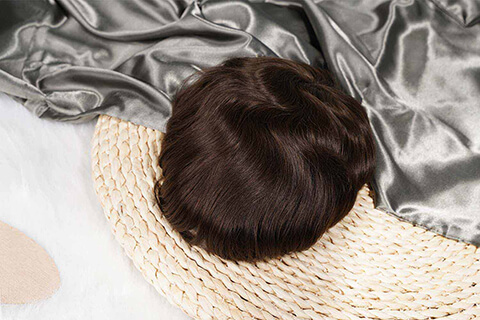
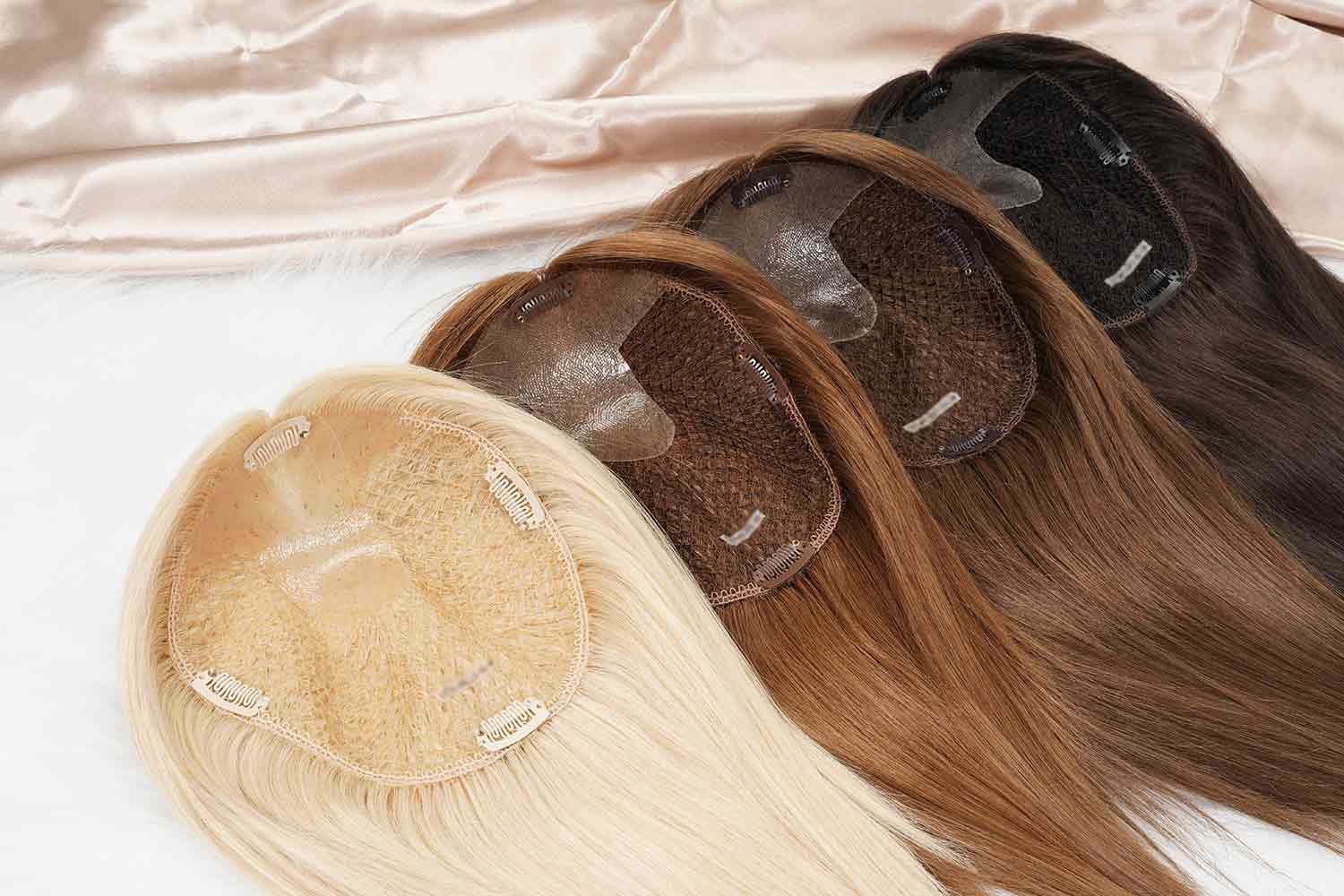
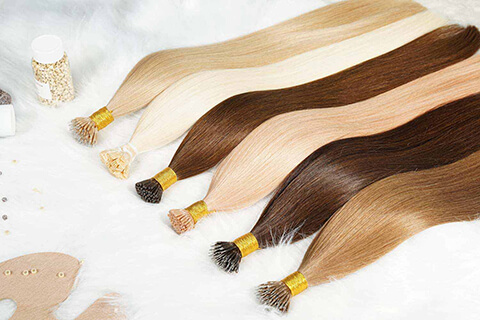
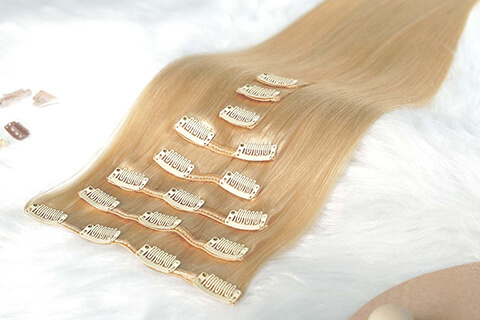
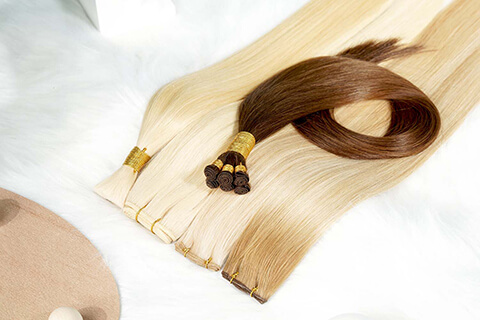
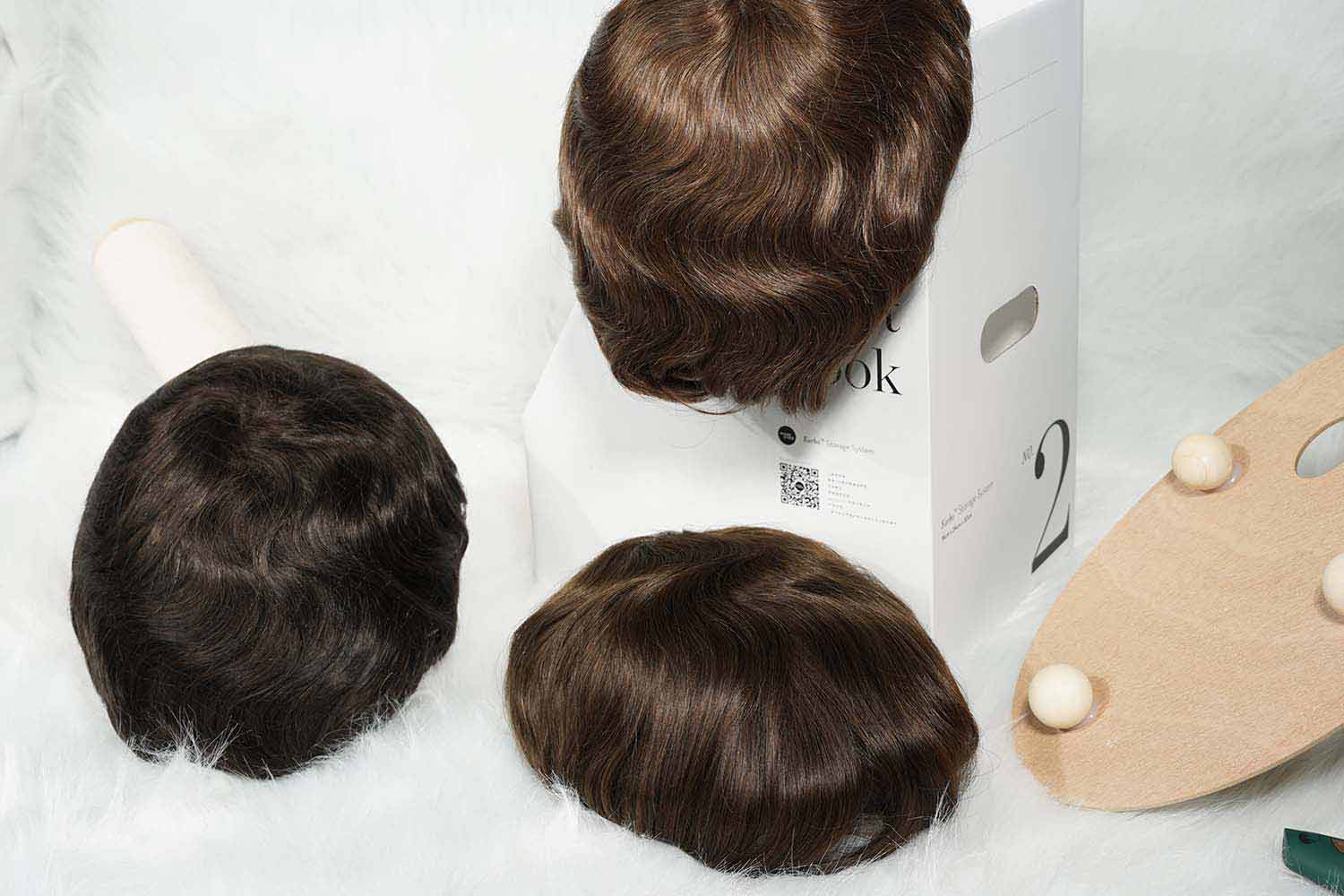
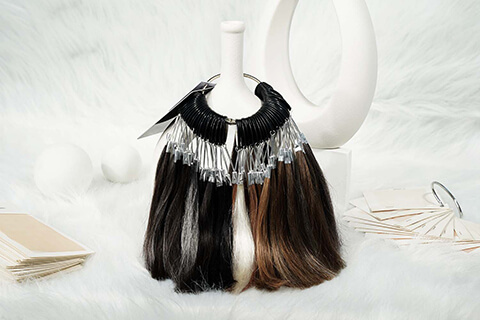
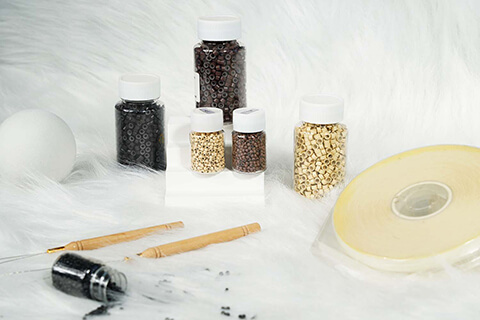
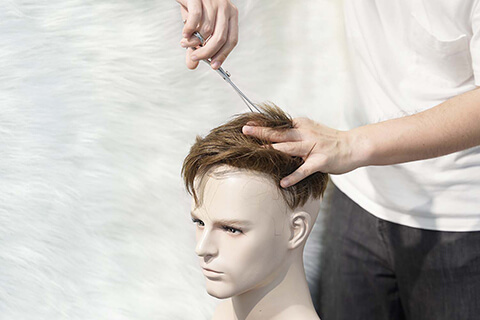
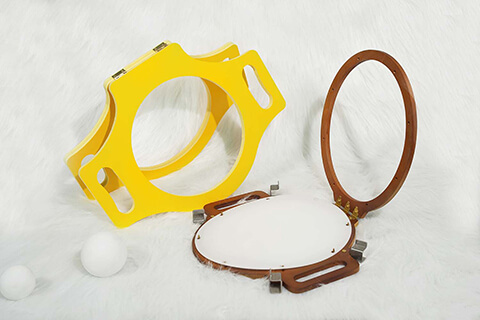
I appreciate you sharing this blog post. Thanks Again. Cool.
Thanks for your attention and fancy~❤️